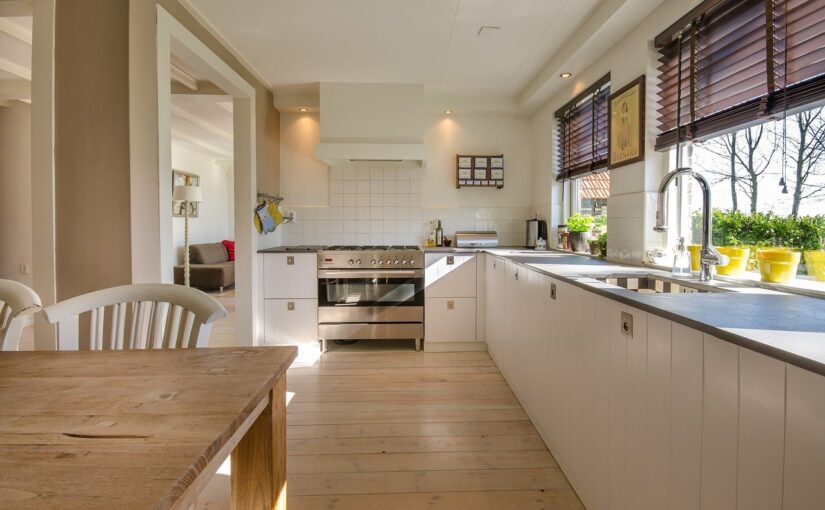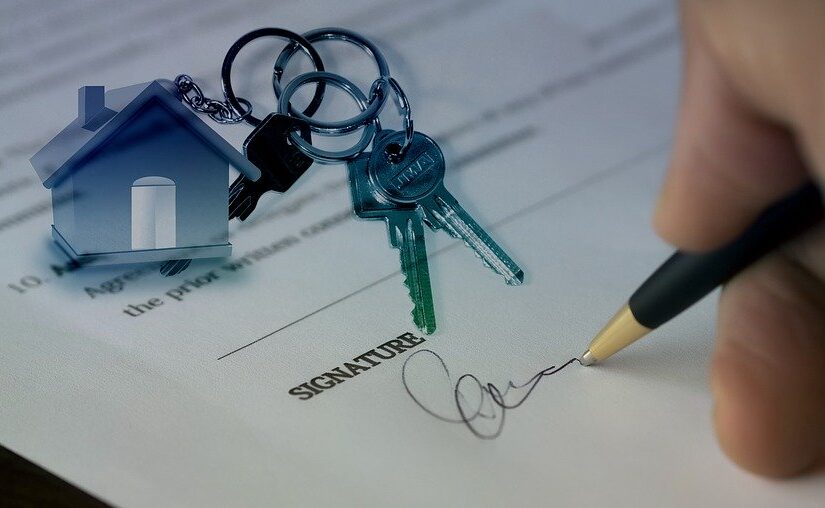In its 2019 Remodeling Impact Report, the National Association of Realtors or NAR revealed that not all home improvement or remodeling projects delivered their purpose. In fact, only three out of the 20 projects in the study recovered expenses and investments when they were sold. Improving and increasing your home’s value takes more than just a few furniture upgrades, garden landscaping, and new garage door installation.
There is no formula or secret procedure for home improvements, but there are simple tips you can follow. However, it is essential to keep in mind that the effect of an upgrade or remodeling depends on factors such as your home’s location and current home value. For example, a complete bathroom makeover significantly increases the value of smaller, more affordable homes. For more expensive homes, adding a home theater or a swimming pool will increase their value.
Nevertheless, here are some suggestions on what to do to increase your home value. Although there is no guarantee that all these tips will help add value to your home directly, they can build up your house’s appeal.
How to Increase Your Home Value
Check your home
Before starting any remodeling, renovation, or home improvement project, go around your house to check out if some areas or items need improvement or replacement. It’s essential to get an idea of what and how much work is required. Likewise, a house check will help you come up with interesting inputs for your project.
Invite an interior designer or a realtor to tour your home
The idea of inviting a professional might sound intimidating to you, but it can be a big help. Getting some inputs from an interior designer or a licensed realtor is one way of adding creative ideas to your home improvement project. These professionals are trained, experienced, and know what to watch out for and which factors matter the most.
You may have to spend a little bit on the consultation fee, but this activity is a good investment and offers great benefits.
Pay attention to the essential aspects of your home
Now that you’ve had the chance to go around the house and collect creative inputs from professionals, it’s time to start the project. First things first, though – work on the most basic and essential aspects of your home.
There is no guidebook on how to do this, but you have to make sure your electrical panel, water heater, and furnace are correctly maintained.
Although these are non-physical or visual aspects, they create an impact on potential buyers (in case you want to sell your house later on). For example, if your electrical panel is old and does not follow current codes and specifications, buyers will either ask for a lesser price or not push through with the deal. Buyers want a home that they do not need to upgrade or require only very minimal work.
Fresh paint helps update your rooms
Many homeowners start their home improvement projects by repainting rooms. It’s one of the simplest but most effective upgrades. A fresh coat of paint adds value to your rooms in many ways – cleaner, more organized, and appealing. It’s also a cost-effective option for turning old, lived-in rooms into comfortable new spaces.
If you want to create a relaxing atmosphere, go for grey, tan, beige, and other neutral colors. If you want to make the rooms look large and spacious, use lighter colors. Add some life to your windows and walls by using accent colors.
Declutter your home
Another cost-effective option is decluttering and organizing your home. Clean all rooms and areas of your home. Go from room to room and remove all unnecessary items. Remove extra furniture and anything that blocks hallways. Replace or throw away non-functioning furniture and appliances.
If you can, do not keep your old and discarded items in the garage, attic, or basement. A better option would be to find a good but affordable storage unit.
Hire a reliable cleaning company if you want to deep-clean your home.
Also, if you’re planning to sell your home right after remodeling it, remove any personal items such as family photos and other memorabilia. Create a welcoming atmosphere for your potential buyers, one that makes them feel they belong. Buyers should be able to visualize themselves living in your home.
Air quality is also important
Your home’s indoor air quality has a considerable impact on its value. If it is stuffy, too hot, or too cold inside, potential buyers will take notice.
Besides ensuring that your HVAC system is well-maintained and functional, there are other vital aspects to consider when upgrading air quality. For starters, be mindful of all the rugs and carpets in your home. If they are old and haven’t been cleaned for months, you need to replace them to ensure that allergens and contaminants do not linger in the air.
If you need to clean your floor and walls, refrain from using chemically-heavy cleaning products. Instead, go for organic or environmentally friendly ones. This will not only help clear indoor air of allergens and contaminants, but it will also prevent you and other household members from developing allergies and respiratory-related illnesses.
Improve the aesthetics of your home
There are several things you can do to improve your home’s aesthetics.
- Update your bathroom and kitchen. You do not have to have a full scale remodel; change the bathroom tiles to better ones or repaint the kitchen cabinets. Upgrade your bathtubs and sinks. Even small upgrades will matter.
- Change the flooring in bedrooms and the living and dining areas. Hardwood floors are highly recommended because of their aesthetic value and durability.
- Improve the lighting fixtures in your home. Use hanging bulbs and other innovative and creative lighting products. If you find it necessary, you can even add a chandelier, probably in the living or dining room.
- Have your garden landscaped. Add some flowers, plants, and trees to your lawn or backyard. It would help if you also put plants indoors, in strategic areas. Just don’t overdo things so your home and garden won’t end up looking like a mini jungle. A few greens here and there will add more relaxing and healthy vibes to your place. Be sure also to install some good outdoor lights to add more drama to your outdoor space.
- Repaint your front door and other entrances. Fix your roof or upgrade it.
- Install some smart technologies in your home. Some examples to consider are digital door locks, Wi-Fi-operated thermostats and alarms, fire detectors, automated lighting, and energy-efficient appliances.
These are just some of the things you can do to increase the value of your home. If you need more ideas, talk to your realtor or interior designer. You can also find a lot of inspiration from various online sources.


















